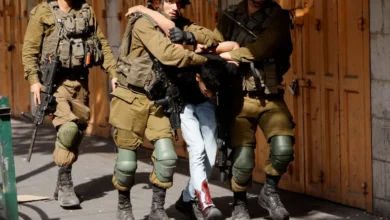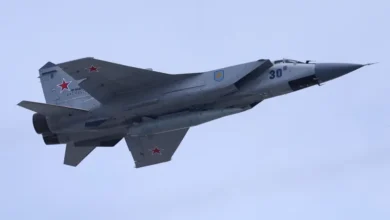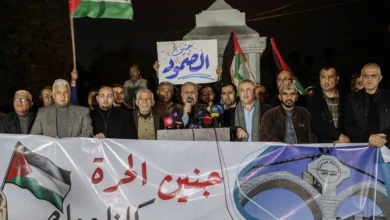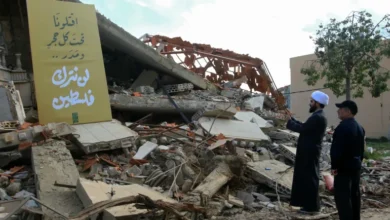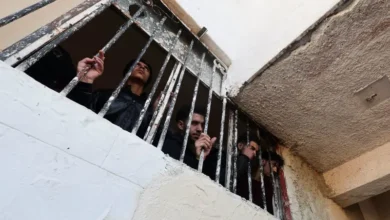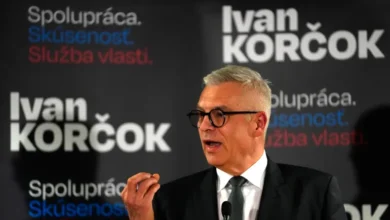What’s behind Indian Prime Minister Narendra Modi’s US visit?
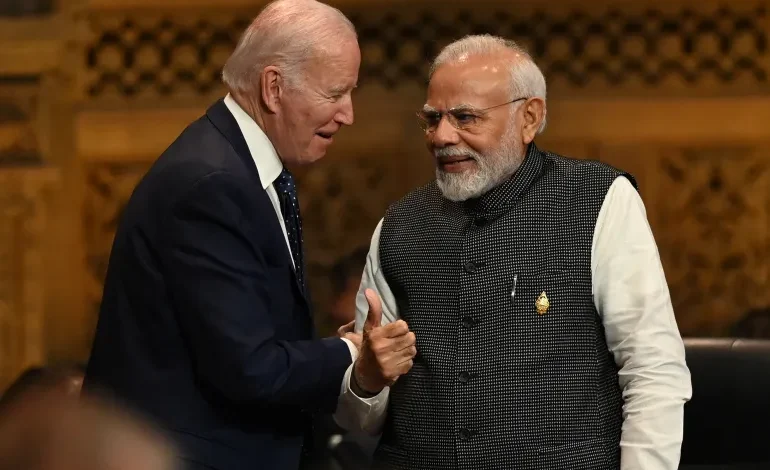
The administration of United States President Joe Biden is scheduled to host Indian Prime Minister Narendra Modi during an official visit later this week, as the two countries strengthen their ties amid shared antipathy towards China’s growing influence.
The White House will hold a state dinner in Modi’s honour on June 22, a sign of the burgeoning relationship between the two powers who have stepped up cooperation in areas such as trade and arms sales.The administration of United States President Joe Biden is scheduled to host Indian Prime Minister Narendra Modi during an official visit later this week, as the two countries strengthen their ties amid shared antipathy towards China’s growing influence.
The White House will hold a state dinner in Modi’s honour on June 22, a sign of the burgeoning relationship between the two powers who have stepped up cooperation in areas such as trade and arms sales.“How can the White House honour a leader who is an open anti-Muslim bigot, a right-wing ideologue who censors journalists and turns a blind eye to lynchings? You can work with India and Modi without taking this extra step to celebrate him.”Confronting China
While advocacy groups have called for greater scrutiny of India’s human rights record, foreign policy experts say the Biden administration is primarily interested in the country as a potential counterweight to China, which the US sees as its most formidable global competitor.Sarang Shidore, Director of Studies and Senior Research Fellow at the Quincy Institute, a US-based think tank, told Al Jazeera that he believes the US-India relationship will continue to grow as long as their shared concern over China remains in place.
“The United States does not conduct its foreign policy based on democracy and human rights. It conducts its foreign policy based on its interests, as all states do,” Shidore said.
China’s growing military power and assertive territorial claims have become a source of concern for nearby Asian countries such as the Philippines, Vietnam, Japan and India. The US has worked to fashion alliances with many of those countries in an attempt to contain China’s expanding influence.Expanding ties
That was not always the case. During the Cold War, India’s relations with the US were often frosty. The country had cultivated close ties with the USSR and helped spearhead the Non-Aligned Movement, an organisation of countries that rejected pressures to join either pro-US or pro-Soviet blocs.
For its part, the US was a key ally of Pakistan. And by the early 1970s, the administration of US President Richard Nixon started to build a cooperative relationship with China, as an attempt, in part, to place pressure on the USSR.
But as the Cold War ended and China’s economic rise became a preoccupation of US foreign policy, India — with its size and economic heft — started to be seen as a key regional ally.
Despite its improved ties with the US, however, India has continued to resist what it sees as a false choice between the US and countries like President Vladimir Putin’s Russia.
But as Russia wages war in Ukraine and Washington seeks to isolate Moscow economically and diplomatically, that balancing act has become more difficult for India to maintain.
While India has increased its purchase of weapons from countries such as France and the US and recently agreed on a roadmap to increase cooperation with the US defence industry, it remains the world’s largest importer of Russian arms.
India has also joined China in buying up Russian oil at discounted prices, while the US and the European Union angle to limit Russia’s power in the global energy market.
But Shidore said that India’s status as a central player in Washington’s Asia strategy gives it significant leverage. Its ties to Russia are not likely to get in the way of its relationship with the US, he explained.
“India has played this quite well, playing Russia and the US off each other, and has benefitted in the process,” he said. “A country like India, which has such a strong convergence with the US on China, can create major spaces where it will differ very strongly from the US and can ride that out.”Consolidating control
While US relations with allies such as Saudi Arabia and Israel have come under political scrutiny in recent years, Modi’s trip to the US has been welcomed with bipartisan support. An a joint letter inviting Modi to address Congress during his visit, members of the US House of Representatives and Senate have hailed the visit as a sign of the “enduring friendship” between the two countries.
“During your address, you will have the opportunity to share your vision for India’s future and speak to the global challenges our countries both face,” the letter reads.
However, Modi’s human rights record has not gone entirely unremarked. On Tuesday, a group of more than 70 lawmakers from the US House and Senate penned a letter to the Biden urging him to discuss concerns about religious freedom and journalistic expression in his talks with Modi.
The Muslim rights group CAIR, meanwhile, has issued a statement calling on the White House to drop its plans for a state dinner.
Modi’s high-profile reception in the US is a far cry from what he experienced before he was first elected prime minister in 2014. Prior to becoming India’s leader, Modi had been banned from entering the US due to allegations that he turned a blind eye to anti-Muslim violence in the western Indian state of Gujarat in 2002, when he was the province’s chief minister.
